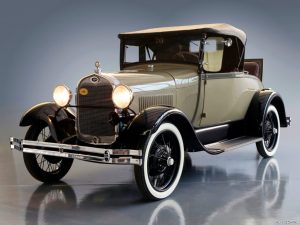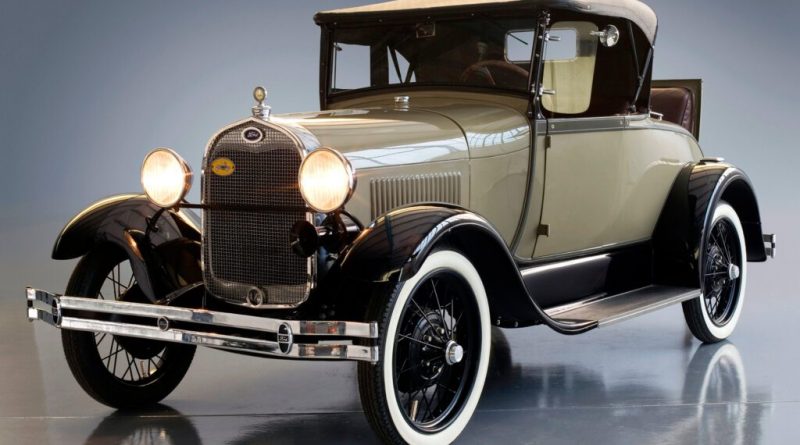The Rise of Mass Production: How the Assembly Line Revolutionized 1920s Automobiles
The 1920s was a decade of significant change, particularly in the world of automobiles. Before this era, owning a car was a luxury few could afford. However, the introduction of mass production, especially the assembly line by Henry Ford, transformed the automobile industry. This innovation not only made cars more affordable but also reshaped the manufacturing landscape.
Early 1900 Cars: A Luxury for the Few
In the early 1900s, cars were handmade, which made them expensive and time-consuming to produce. These early vehicles were often custom-built, meaning that each car required significant manual labor and craftsmanship. As a result, owning a car in the early 1900s was a privilege reserved for the wealthy.
Henry Ford and the Assembly Line
Henry Ford, a visionary in the automotive industry, sought to change this. In 1913, he introduced the moving assembly line in his Ford Motor Company’s factory. This innovation allowed for the mass production of cars, dramatically reducing the time it took to assemble a vehicle. By breaking down the production process into smaller, more manageable tasks, Ford ensured that his workers could specialize in specific tasks, improving efficiency and productivity.
Impact on 1920s Automobiles
The assembly line had a profound impact on the automobile industry in the 1920s. Before its introduction, building a single car could take over 12 hours. With the assembly line, this time was cut down to just 93 minutes. This significant reduction in production time meant that more cars could be produced at a lower cost, making them affordable for the average American family.
Cars in the 1920s: Affordable and Accessible
The affordability of 1920s cars led to a boom in car ownership. The Ford Model T, one of the most iconic cars of the era, became a symbol of this newfound accessibility. Priced at around $300 by the mid-1920s, the Model T was within reach for many working-class families. This democratization of car ownership changed the way people lived and worked, allowing for greater mobility and the growth of suburban areas.
What Were Cars Like in the 1920s?
1920s cars, while more affordable, still had a long way to go in terms of comfort and technology compared to modern vehicles. They were generally boxy and rugged, designed to handle the rougher roads of the time. Features we take for granted today, such as air conditioning, power steering, and advanced safety features, were nonexistent. However, these early cars were reliable and easy to repair, which made them popular among new car owners.
The Broader Impact of Mass Production
The success of the assembly line in the automotive industry had far-reaching effects beyond just cars. Other industries soon adopted mass production techniques, leading to lower prices and increased availability of a wide range of products. This shift contributed to the economic growth of the 1920s, often referred to as the Roaring Twenties, a period marked by rapid industrial growth and prosperity.
The rise of mass production and the assembly line revolutionized the automobile industry in the 1920s. By making cars more affordable and accessible, Henry Ford’s innovation had a lasting impact on American society and the world at large. The 1920s automobiles were a testament to the power of innovation and efficiency, paving the way for the modern automotive industry we know today.
